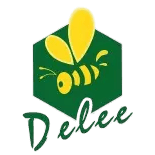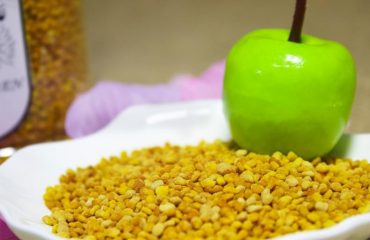Honey, nature’s golden elixir, has been cherished for millennia. While modern methods dominate today, traditional honey making remains a testament to the harmonious relationship between bees and their environment. Bees collect nectar from diverse flowers, transforming it into honey through a meticulous process refined by evolution. This blog delves into the intricate steps of traditional honey production, exploring how worker bees collaborate, the role of nectar-rich blooms, and why this ancient craft still thrives.
Key Stats
- 1 million flowers are needed to produce 1kg of honey.
- Worker bees live just 28 days during peak honey flow due to labor intensity.
1. The Tools of the Trade: How Bees Collect Nectar
Worker bees are equipped with specialized tools for nectar and pollen collection:
- Mouthparts: A slender tube (formed by the lower lip, jaw, and tongue) probes flowers to suck nectar.
- Pollen Baskets: Hind legs feature combs and baskets to gather pollen, later bound with nectar into compact balls.
This efficient design allows bees to gather resources swiftly, ensuring hive survival.
2. Scouting the Nectar Source: The Role of Scout Bees
Before mass foraging, scout bees locate nectar-rich blooms. Older worker bees perform this task, using “dances” to communicate distance and direction to the hive. Their waggle dance encodes precise geographical data, guiding thousands of foragers to the best flowers.
Why Yellow Flowers Dominate
Bees are drawn to yellow, white, and blue blooms, with yellow being most attractive. This explains why sunflowers and dandelions are pollination powerhouses.
3. The Harvesting Process: From Flower to Hive
- Nectar Collection: Bees extract nectar using their proboscis, storing it in their honey stomach.
- Pollen Gathering: Pollen sticks to their hairy bodies and is combed into baskets.
- Return to Hive: Foragers transfer nectar to clerk bees, who begin enzymatic processing.
Maturation Magic
Clerk bees evaporate excess water by fanning wings, thickening nectar into honey. Once ripe, cells are sealed with beeswax for storage.
4. Traditional vs. Modern Beekeeping: Key Differences
- Traditional Methods: Use fixed-comb hives (e.g., log or clay hives) with minimal human intervention. Honey yield averages 52.3 liters per hive.
- Modern Techniques: Movable-frame hives boost efficiency, yielding 105.4 liters via better hive management.
Despite lower yields, traditional practices preserve honey’s natural composition, appealing to purists.
5. Why Traditional Honey Stands Out
Traditional honey is prized for its:
- Uniqueness: Reflects local flora’s terroir, creating distinct flavors.
- Purity: Minimal processing retains enzymes, antioxidants, and pollen.
- Sustainability: Low-tech methods reduce environmental impact.
Delee Foods Group Co., Ltd. honors this legacy, sourcing honey that captures nature’s essence.
6. The Lifecycle of a Worker Bee: Sacrifice for Sweetness
Worker bees epitomize dedication:
- Days 1-21: Clean cells, feed larvae.
- Days 22-28: Forage until death from exhaustion.
Their short lifespan underscores the labor behind every jar of honey.
FAQ Section
What is traditional honey making?
A method using natural hives and minimal processing to preserve honey’s raw qualities.
How long does honey take to mature?
Days to weeks, depending on nectar flow and evaporation rates.
Do traditional methods harm bees?
No. Sustainable practices prioritize colony health over yield.
How does honey differ by flower type?
Nectar composition varies, affecting flavor, color, and medicinal properties.
When is the best time to harvest honey?
Late summer, when nectar flow peaks and honeycombs are fully capped.
A Timeless Craft
Traditional honey making weaves together the intricate threads of nature’s cycles and the instinctual wisdom of bees into a harmonious tapestry of sweetness. As we delve deeper into each step—from the delicate foraging flights to the patient ripening within the hive—we come to recognize the unmatched dedication and precision bees bring to their craft. This intimate understanding not only heightens our respect for these tiny artisans but also illuminates their indispensable impact on pollination, biodiversity, and food security across the globe.
When we choose honey harvested through time-honored, sustainable methods, we honor both the environment and the delicate balance that sustains life on our planet. By electing to support ethical producers such as Delee Foods, you are investing in hives managed with compassion, floral landscapes nurtured for purity, and a legacy of quality that spans generations. Taste the true essence of nature’s labor—and champion the preservation of bee populations and their vital ecosystems—one spoonful at a time.




